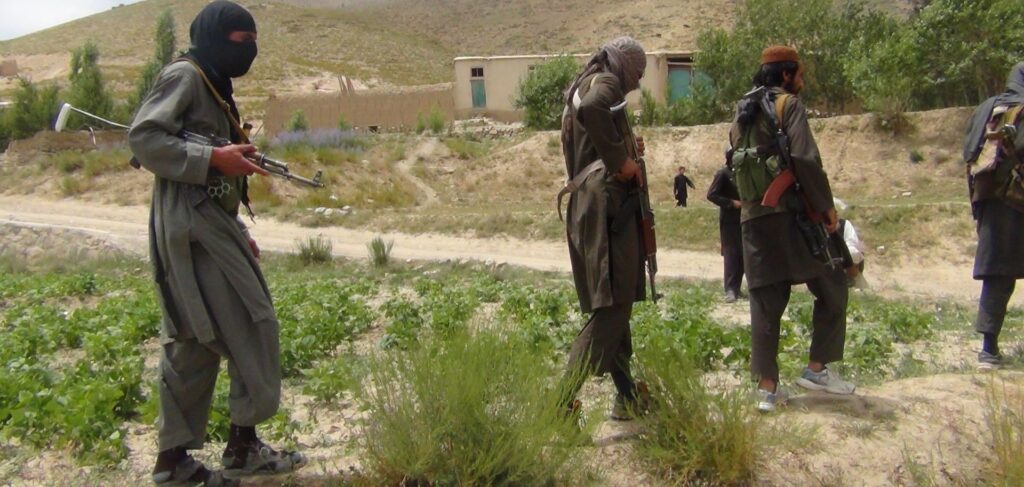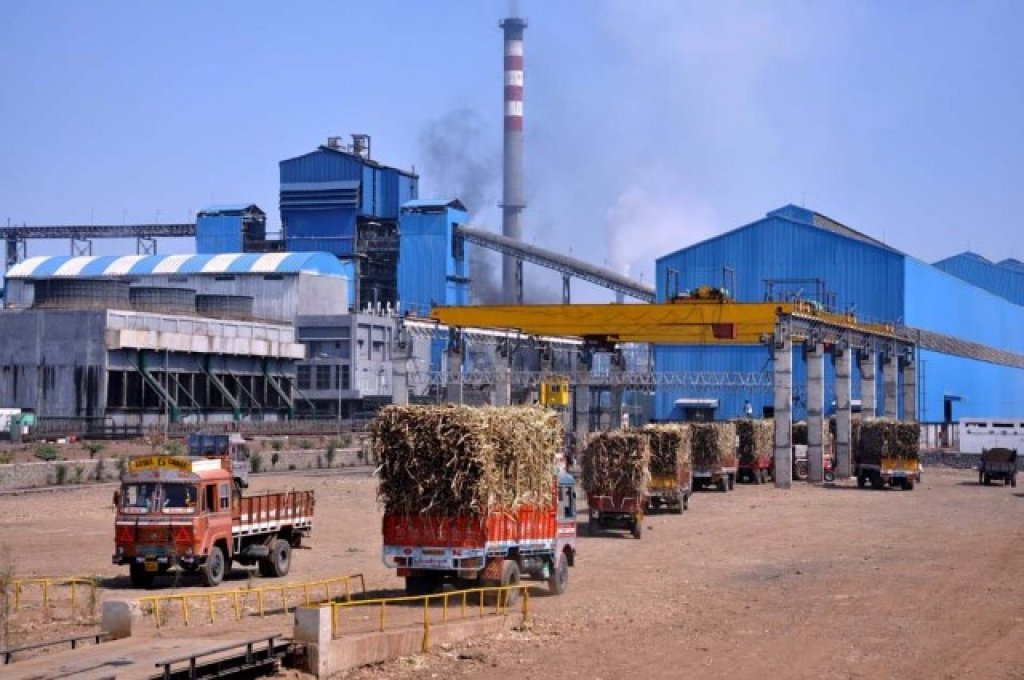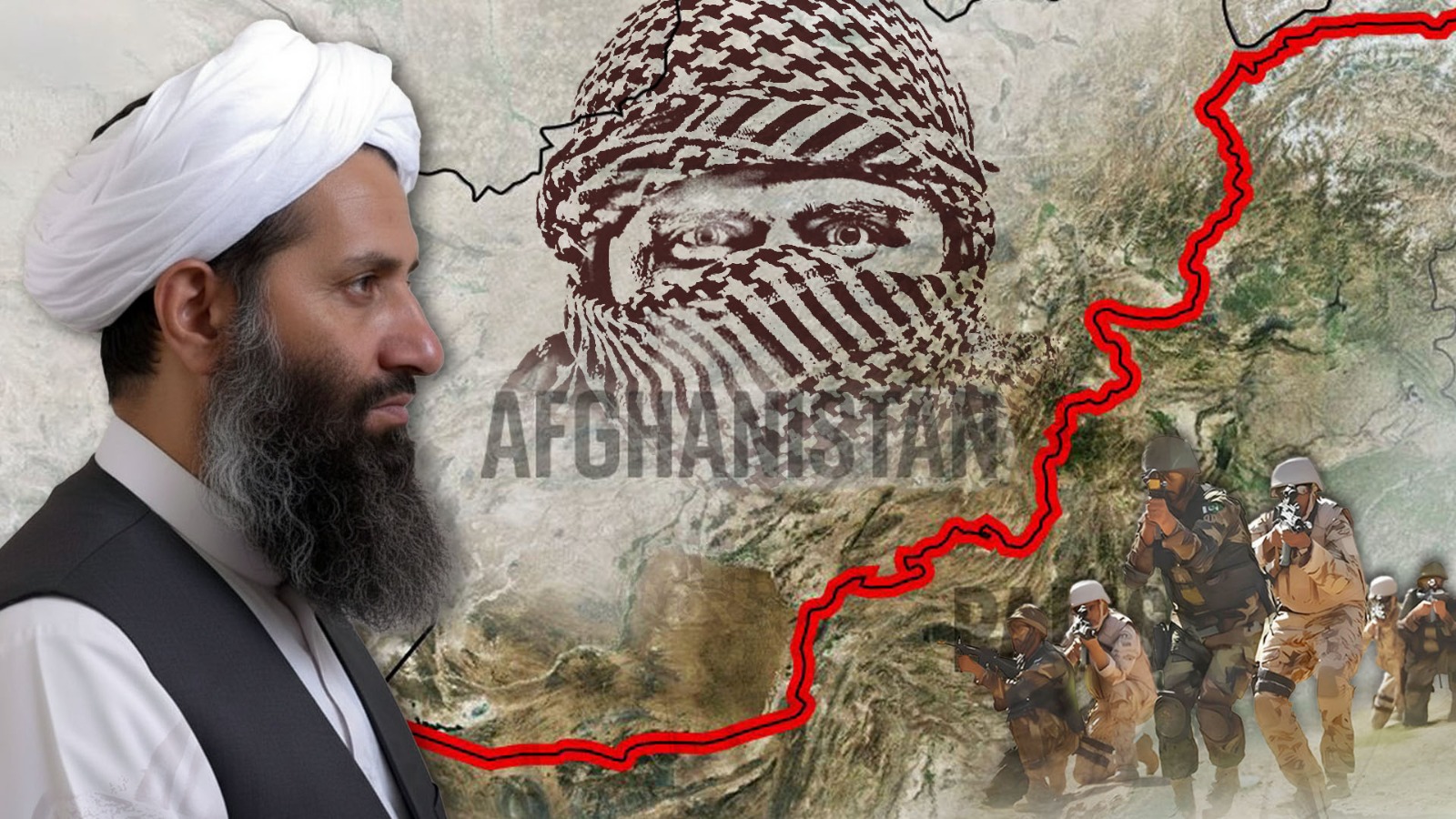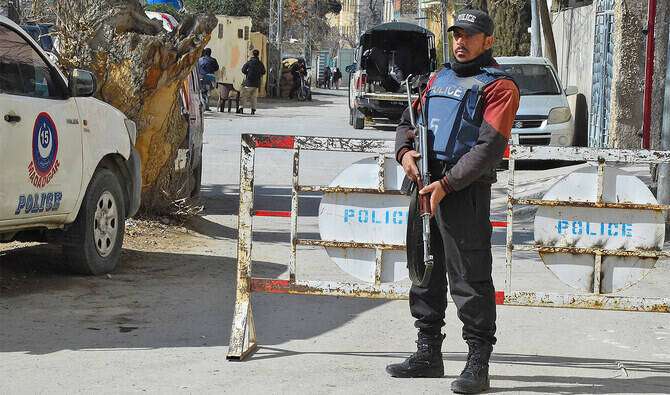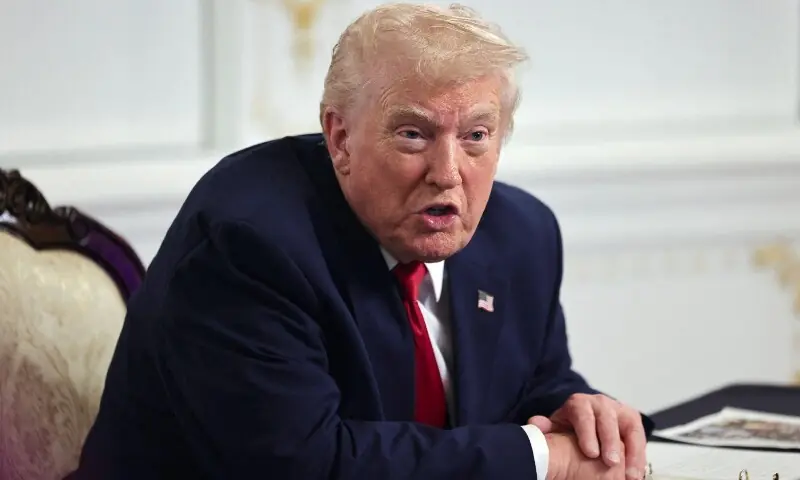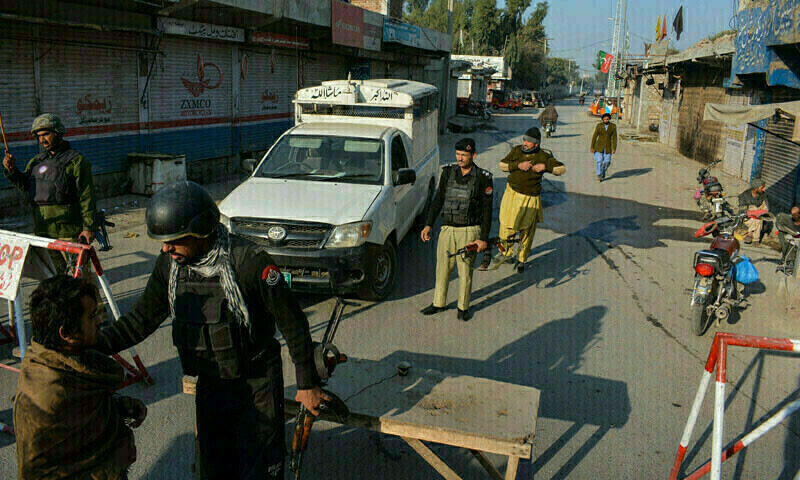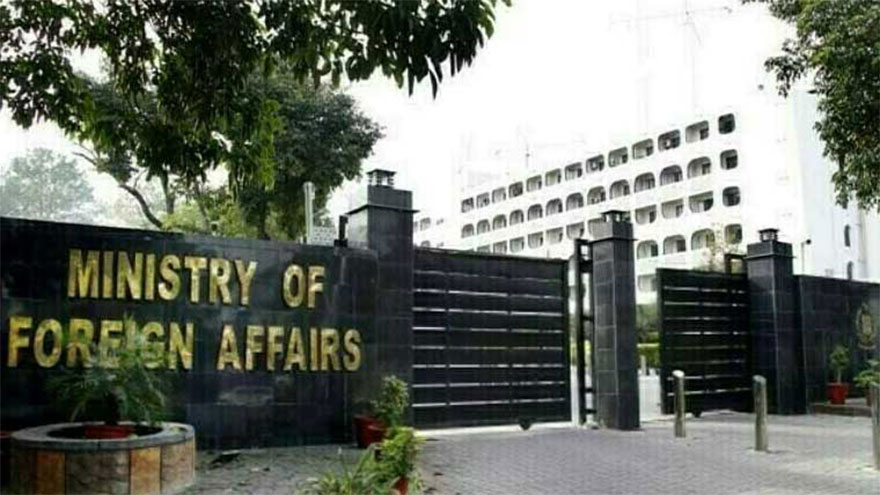Tehreek-e-Taliban Pakistan (TTP), which the Ministry of Interior labelled as “Fitna al-Khawarij” (a term used for misguided and extremist religious factions) in July 2024, has long posed a major security threat to Pakistan. The group has been responsible for thousands of deaths through suicide bombings, ambushes, and targeted killings. Recent reports from Khyber Pakhtunkhwa — particularly from the Tirah Valley in Khyber district, Bajaur, and Mohmand — indicate growing internal conflicts within the TTP. These disputes involve violent clashes over financial resources, control of territories, and ideological differences, along with shifting loyalties between splinter groups such as Jamaat-ul-Ahrar (JuA).
Sources from encrypted militant communication channels suggest that Jamaat-ul-Ahrar, which is linked to the TTP, is once again breaking away from the main organization.
Root Causes of the Split:
Tensions resurfaced after the mysterious death of Khalid Khorasani in a blast in Afghanistan’s Paktika province in August 2022. Analysts and JuA members accused TTP’s leadership, especially Noor Wali Mehsud, of failing to investigate or avenge Khorasani’s death, calling it an act of betrayal. Reports suggest Khorasani was summoned to a meeting before the explosion, raising suspicions of an internal conspiracy or external interference — possibly involving Pakistani intelligence or rival Afghan Taliban factions. This incident deepened mistrust within the group. JuA claimed that TTP had abandoned broader jihadist goals and was now prioritizing local tribal interests.
Internal Fighting in 2025:
By early 2025, these tensions had escalated into open conflict. In February, JuA accused TTP of “selfishness and creating discord,” reaffirming its earlier split in 2014 as justified due to internal injustices and ideological drift. By March, reports highlighted “deep divisions” fuelled by power struggles, with both factions carrying out attacks on mosques and civilians — acts seen as violations of Islamic principles and consistent with the government’s Khawarij label.
By June 2025, ideological clashes had become public, with JuA criticizing Noor Wali for limiting TTP’s operations to Pakistan’s tribal regions and ignoring global jihadist ambitions. In August 2025, violent clashes erupted in Afghanistan’s Nuristan province and along nearby border areas. Drone strikes were reported as the groups fought over land, extortion money, and smuggling routes. Local sources confirmed multiple casualties, indicating a dangerous escalation.
Meanwhile, shifting loyalties were reported in Bajaur and Mohmand. Some TTP members in Bajaur pledged allegiance to JuA, while certain JuA fighters in Mohmand joined the TTP. These developments point to fluid loyalties and the possibility of further fragmentation. Financial disputes, accusations of betrayal (such as leaking information to Pakistani forces), and tensions with the Hafiz Gul Bahadur faction have further deepened TTP’s internal chaos.
Financial and Operational Disputes:
According to intelligence sources, money, organizational control, and territorial dominance are the main causes of the infighting. The deaths of key commanders — Qari Saifullah Mehsud and Khalid Mehsud — in airstrikes in October 2025 have exposed TTP’s vulnerabilities, which have been worsened by internal rifts.
These developments come amid broader regional instability, including internal divisions within the Afghan Taliban and increasing border tensions with Pakistan, where TTP attacks have risen since 2021.
Will JuA’s Split Weaken the TTP?
Analysts largely agree that a potential split by JuA could significantly weaken TTP’s unity and operational strength. However, the outcome remains uncertain due to TTP’s history of resilience, adaptability, and external support.
Strengths and Weaknesses Exposed:
JuA is considered TTP’s most powerful faction, known for its structured organization, strong finances from extortion and smuggling, and expertise in complex attacks. Its separation would deprive TTP of key manpower and technical skills, potentially cutting its strike capability in major cities by half. JuA’s claim of responsibility for the 2023 Peshawar Police Lines bombing highlights its independent and deadly operational capacity.
Wider Regional Security Implications:
A weakened TTP could reduce immediate threats to Pakistan, potentially allowing military operations in areas like Bajaur, where TTP insulted local tribal councils in August 2025. However, the split could also create more autonomous cells, which might lead to unpredictable violence. TTP uses Afghan safe havens, and internal Afghan divisions — such as the rivalry between Mullah Yaqoob and Sirajuddin Haqqani — can indirectly affect TTP’s activities. Pakistan’s strategic use of airstrikes and intelligence sharing with rival factions, such as those aligned with Gul Bahadur, exploits these internal rifts.
Although TTP appears to be weakening from internal strife, pressure from Pakistani forces combined with these divisions could accelerate its decline.
Historical Splits and Mergers:
Jamaat-ul-Ahrar (JuA) originally emerged as a separate faction from TTP in August 2014, citing dissatisfaction with Mullah Fazlullah’s leadership and a desire for more aggressive operations. Under leaders like Khalid Khorasani (also known as Abdul Wali or Umar Khalid Khorasani), JuA quickly gained notoriety through high-profile attacks, including the 2014 Wagah Border Lahore bombing that killed over 60 people, the Peshawar church attack in 2014, and multiple attacks in Islamabad.
In 2017, the United Nations designated JuA as a terrorist organization. That same year, JuA itself fragmented, with a splinter group forming Hizb-ul-Ahrar, which later rejoined TTP in 2018. In August 2020, JuA officially merged back with the banned TTP under Mufti Noor Wali Mehsud’s leadership as part of efforts to strengthen the organization during Pakistani military operations. This reintegration was seen as a strategic move to boost TTP’s strength, particularly after the Afghan Taliban took power in 2021, providing cross-border safe havens.

